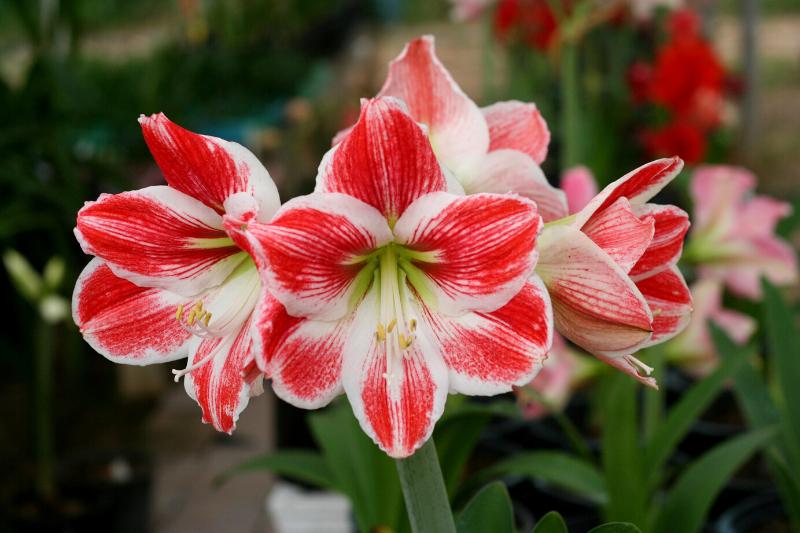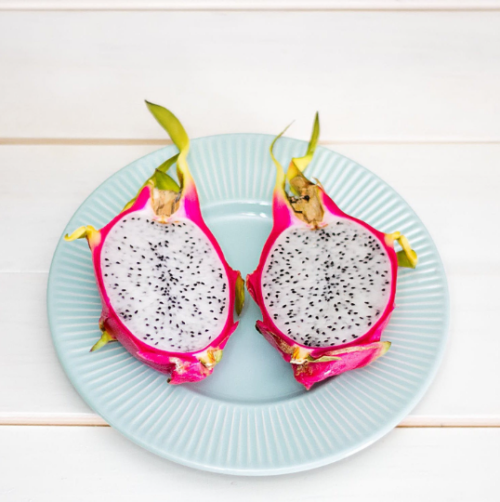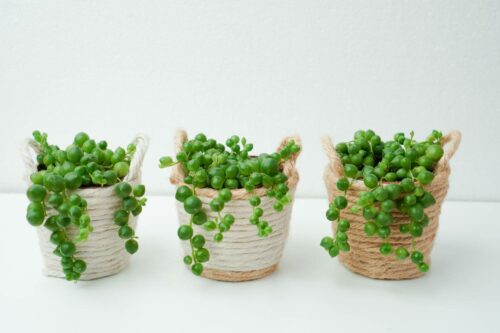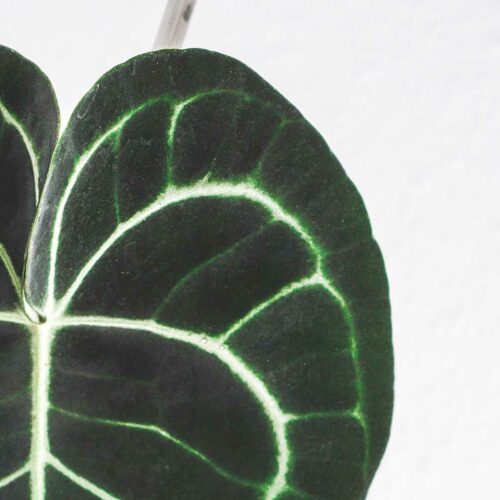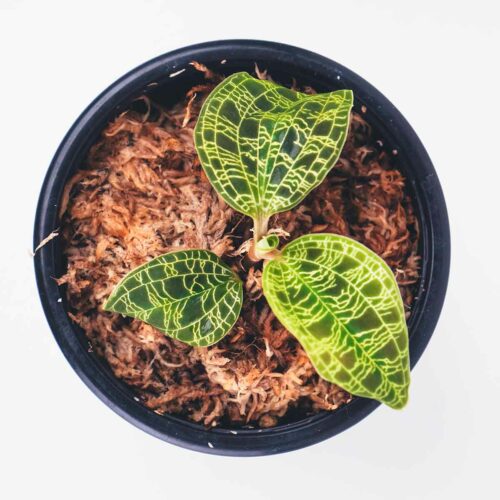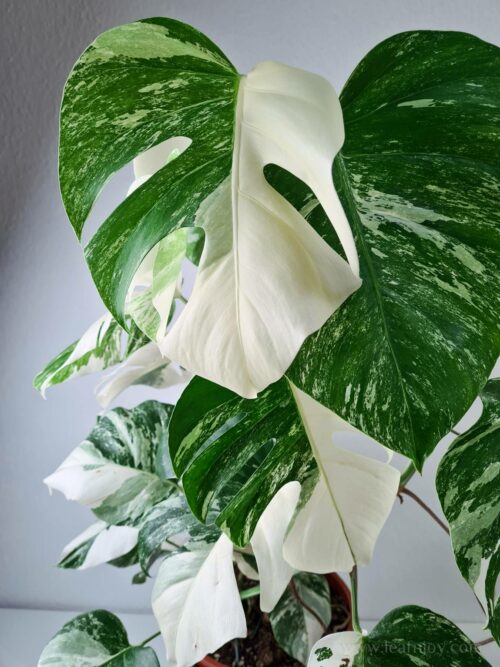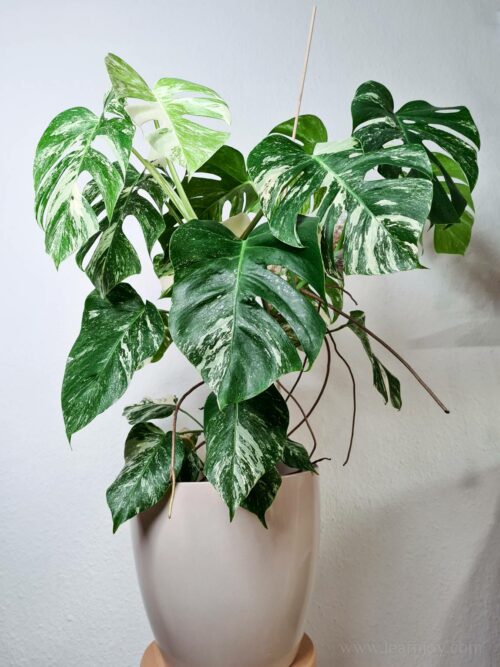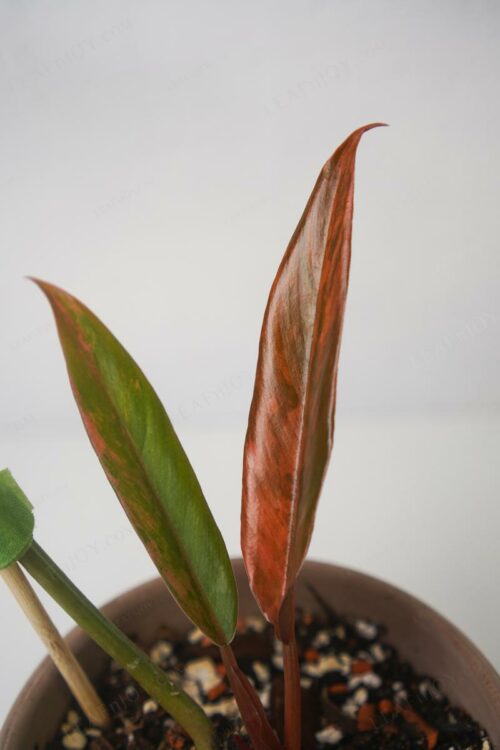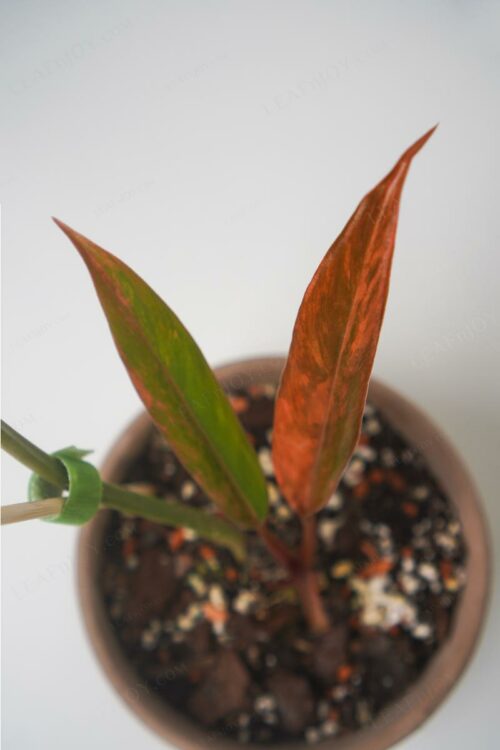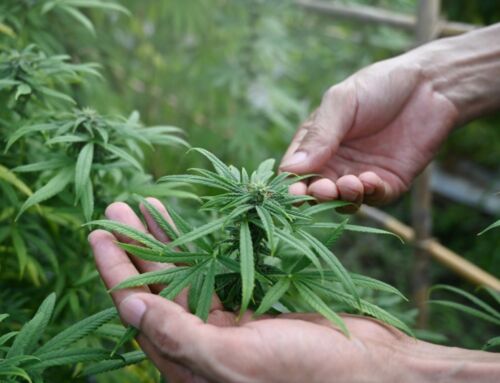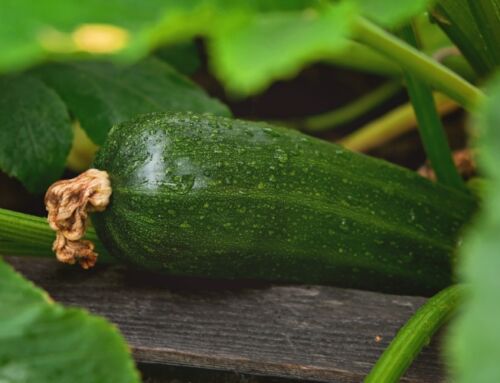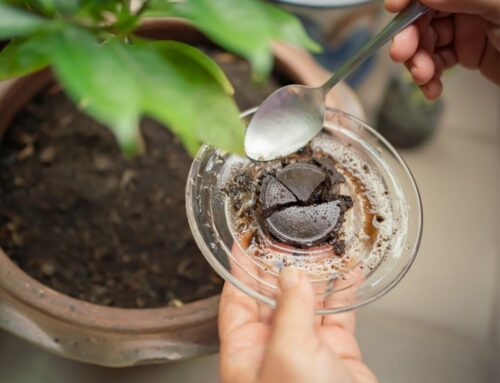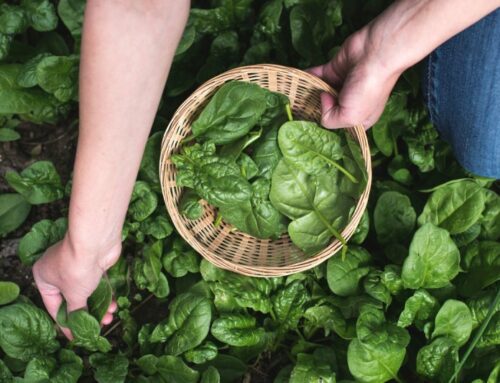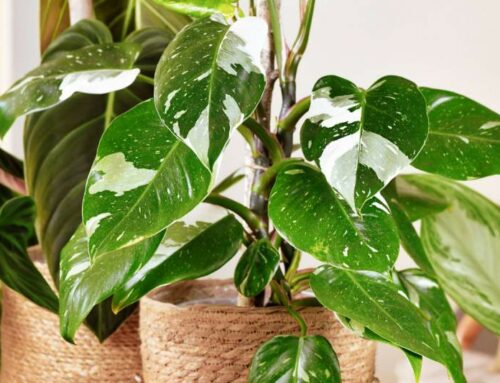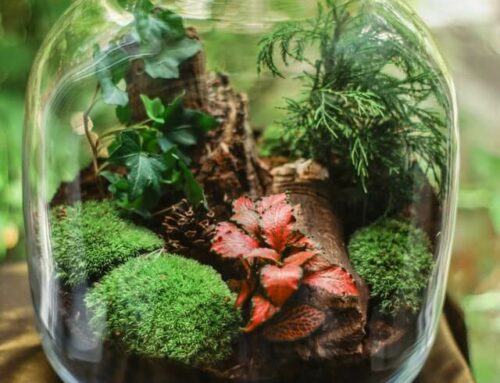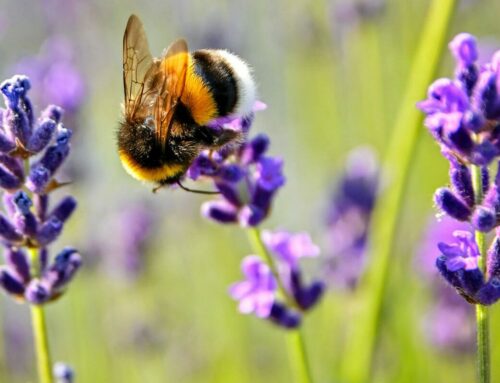Amaryllis are a popular plant choice, especially during the Christmas holidays. Their gorgeous blooms which are white, yellow, or classic red, make an excellent choice for a table centerpiece or a winter-holiday-season-inspired decor.
However, many might end up disappointed as the petals on an Amaryllis might start drooping fairly fast and you might end up with a mess for Christmas or New Year’s rather than a beautiful, nature-inspired ornament.
So you just got your plant from the store and now, within days, your Amaryllis is losing its petals! Familiar feeling but you can totally fix it! In this article, you will learn how to make your tropical plant bloom again just in time for the winter holidays and tips to ensure that your Amaryllis blooms last longer.
This post may contain affiliate links. Read our Privacy Policy and Disclosure here.
Amaryllis are gorgeous species, originating in the subtropics of South America and all but they can also be a bit of diva. This is because these plants, unlike evergreen houseplants, like a Monstera, for example, have 3 phases of growth: dormancy, flowering, and actively growing phase. Consecutively, each growth phase requires different care.
During their flowering phase, Amaryllises are also the most vulnerable and prone to overreacting whenever their needs are not met. I.e. these plants require a bright place, with plenty of nutrients and high-quality soil, to thrive and keep their blooms for longer. Oh, and yes, Amaryllis bloom in winter.
The bad news is that, whenever Amaryllis feel under stress, their blooms tend to wither and die off almost within the blink of an eye. But the good news is that with proper care, your Amaryllis can bloom again, and your Christmas vibe won’t be ruined.
The best news? You don’t need to buy a new plant every year, with some TLC, your Amaryllis can be happily flowering around Christmas and New Year for years to come.
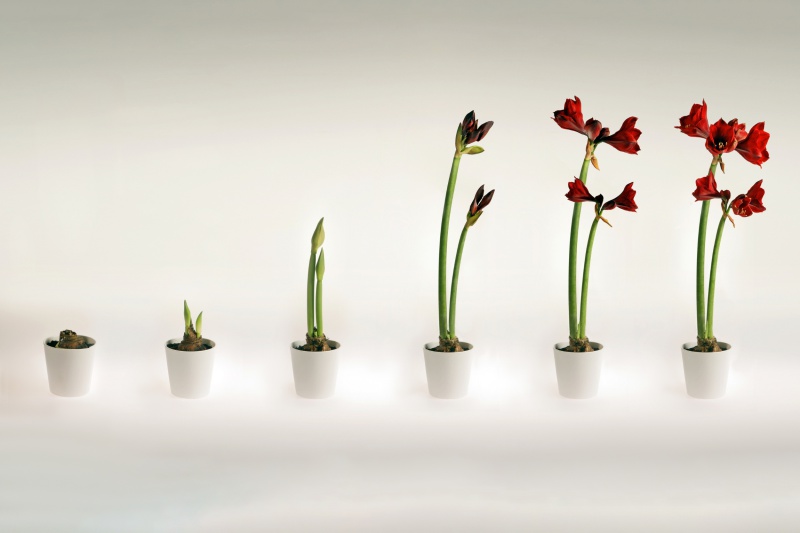
So here are the best 6 tips, tricks, and hacks to make your plant bloom again and to ensure that the flowers last long!
The Best Tips to Make your Amaryllis Bloom Again
Good soil is essential
If you want to prompt your Amaryllis to bloom again or to ensure that it flowers for longer, it’s best to start with the basics.
In their native environment, the Amaryllis plants grow in well-drained, slightly sandy soil. This mixture allows good aeration around the bulb and the roots, while at the same time ensuring that the tuber of the plant receives balanced moisture.
Most commercial mixtures are, therefore, too dense and stay too compact for the needs of Amaryllis. This might lead to physiological stress, rot, and in turn – loss of petals and die-off of blooms.
To give your Amaryllis the best soil environment for those gorgeous blooms to pop again and for the flowers to last longer, aim to plant the bulb in a potting mix that mimics its natural preferences. I.e. the best soil mix for amaryllis is one that has 1 part sand, 1 part clay granules or perlite, and 2 parts potting soil.
Tip: If your Amaryllis is in its flowering stage, use potting soil for flowering plants, as it will contain valuable slow-release nutrients that will support and encourage the plant to bloom.
Amaryllis needs bright light to bloom
Amaryllis, like many other flowering plants, will only bloom once the plant has sufficient light. If your plant is in its flowering phase, make sure that it receives bright indirect light. Avoid exposure to harsh sun rays (especially during noon), as the strong sun might lead to burns.
Providing your Amaryllis with sufficient light will also ensure that the blooms last longer and in some cases, light can result in your plant producing larger and more vibrant blooms.
Keep your Amaryliss slightly cold to bloom
Being too warm is actually the main reason why most Amaryllis plants lose their blooms once we take them home.
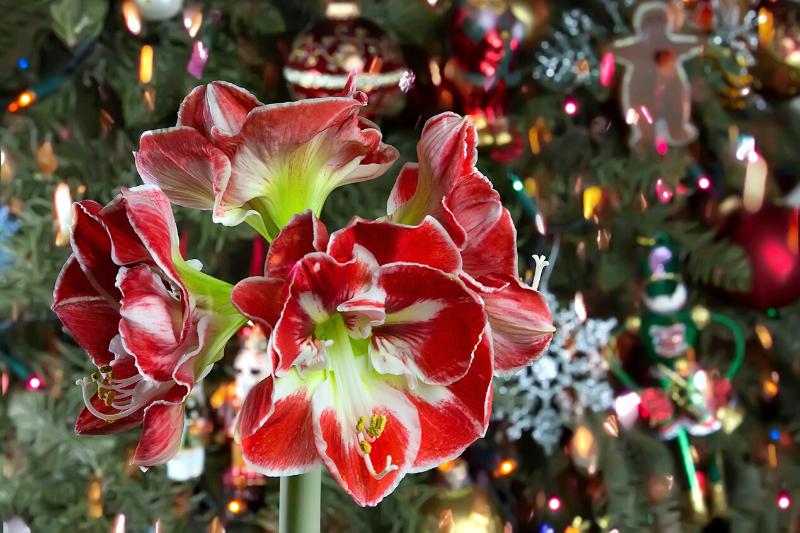
As mentioned earlier, Amaryllis has 3 stages of growth in the following order: dormancy, flowering, and actively growing phase. The actively growing phase usually starts once the temperatures start increasing, i.e. in spring and summer.
Unfortunately, during the growing phase, your Amaryllis will not bloom. Therefore, it is best to keep it in a slightly colder environment to encourage the formation of flowers.
The best temperatures to make an Amaryllis flower and to ensure that its blooms last longer are between 18 and 20 degrees, and these temperatures should be kept as constant as possible.
Keep the potting soil moist
Amaryllises prefer to be kept evenly moist at all times. Balanced moisture will in turn promote bloom formation. Therefore, make sure to regularly water your Amaryllis but avoid the plant having wet feet or waterlogging, as this might cause the bulb to start suffering and developing rot-related issues.
Want longer-lasting flowers on your Amaryllis? Never let the plant dry out completely! Meeting your Amaryllis’s watering needs is also a pivotal part of ensuring that its blooms last longer and don’t die off prematurely.
How often to water your Amaryllis will depend on the environment in which the plant is growing and will vary. That’s why before you proceed with watering your plant, always check the moisture level of the soil.
To check whether your Amaryllis needs a drink right away or in a couple of days, either use your index finger and insert it in the potting media. If the upper one-third of the soil is dry, you can water your plant. Alternatively, if you still feel it moist – wait 2-3 days and check again.
If you don’t want to get dirty and touch the soil, you can use a moisture meter to check whether your Amaryllis needs water. If the meter shows below middle to low, it’s time to give your plant a good drink.
How to water Amaryllis: always water your Amaryllis thoroughly, i.e. until water starts coming from the drainage hole, and then stop. This ensures that salt build-ups get flushed away.
Wilted flowers? Cut them off!
Once the flowers on your Amaryllis start wilting and browning, using disinfected garden shears or another cutting tool, remove them as close to the base of the bulb as possible. This should promote the formation of new blooms.
Fertilize your Amaryllis
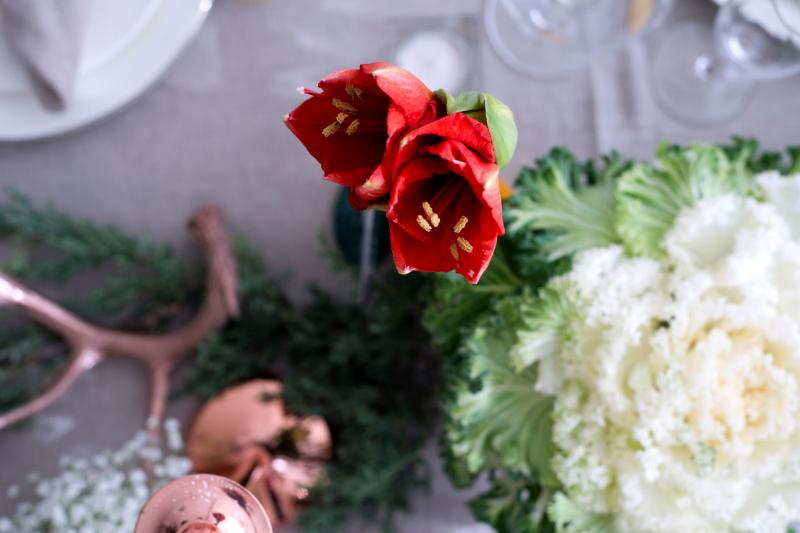
To promote blooms on your plant, make sure to choose a fertilizer for flowering plants and feed your Amaryllis regularly with it.
The best way to fertilize your plant would be to start with a lower dose and gradually build it up, to ensure that your Amaryllis tolerates the fertilizer well and to avoid nutrient burn.
Regularly feeding your Amaryllis also will make the blooms last longer and if the plant has also the nutrients that it needs, it will show its gratitude by producing flowers that are larger and more vibrant!
Amaryllis Blooms – FAQ
What to do with Amaryllis bulbs after they bloom?
Often people wonder what to do with Amaryllis after it blooms. There are a couple of options regarding what to do with Amaryllis after it blooms. If it’s still winter season where you live, by following the tips in this article, you can encourage your Amaryllis to flower once again. If however, it is already spring, your Amaryllis will enter its next growth stage of active growing during which the plant will replace its blooms with leaves in order to grow further.
If you notice, however, that the bulb of your Amaryllis looks shriveled and dead, you can also dispose of the plant after the last blooms die off. Don’t throw your Amaryllis bulb in the compost, however, to avoid spreading diseases and infections to other plants.
When do Amaryllis bloom?
The flowering period of Amaryllis is middle December up until the end of June. In other words, Amaryllis usually bloom for about 7 to 10 weeks each year.
How long do Amaryllis blooms last?
When provided with proper care, the blooms of Amaryllis can last between 2 and 3 weeks before withering.
How to care for Amaryllis after it blooms?
Amaryllis, that are in their flowering period, require cooler temperatures, bright light, regular nutrition and balanced watering to encourage the plant to produce more blooms. This way, the Amaryllis can be encourage to bloom again and again.
When to plant Amaryllis bulbs for Christmas bloom?
Amaryllis bulbs should be planted indoors as around the Christmas and Winter holidays, the temperatures outside in most regions are too cold. To make Amaryllis bloom, the bulbs should be kept in a bright location and should be fertilized. Frequent watering is also an essential part of making these flowers bloom but waterlogging should be avoided.
How to care for Amaryllis?
As mentioned earlier, Amaryllis go through 3 stages of growth: dormancy, flowering and actively growing. Depending on which growing stage your plant is in, it will require different care routine.
During the active growing phase, Amaryllis need warmer temperatures, bright temperatures and fertilizer that has higher Nitrogen to Phosphorus content.
During the flowering phase, Amaryllis will do best at slightly cooler temperatures, bright light and a fertilizer that is intended for flowering, i.e. with higher Phosphorus to Nitrogen content.
During their dormant phase, Amaryllis need to be stored in the dark where the temperatures are between 10°C and 15°C (50°F and 60°F).
Making Amaryllis Bloom – Final Thoughts
In my opinion, together with a Christmas tree, having an Amaryllis around the Christmas holidays is one of the must-haves for a cheerful vibe!
Unfortunately, when not placed in an optimal environment, store-bought Amaryllis plants tend to lose their petals fast once at home which might leave you with a bloomless bulb around Christmas – probably not the first thing on your Santa Claus list!
Luckily, even if your Amaryllis is bald, you can reverse it! If you follow the 6 tips in this article, you will be able to make your Amaryllis bloom again just in time for the Winter holidays and the following best practices will also ensure that your plant’s flowers don’t wither quickly but rather last longer!
Happy Winter Holidays to you and your plant family! ❄️

